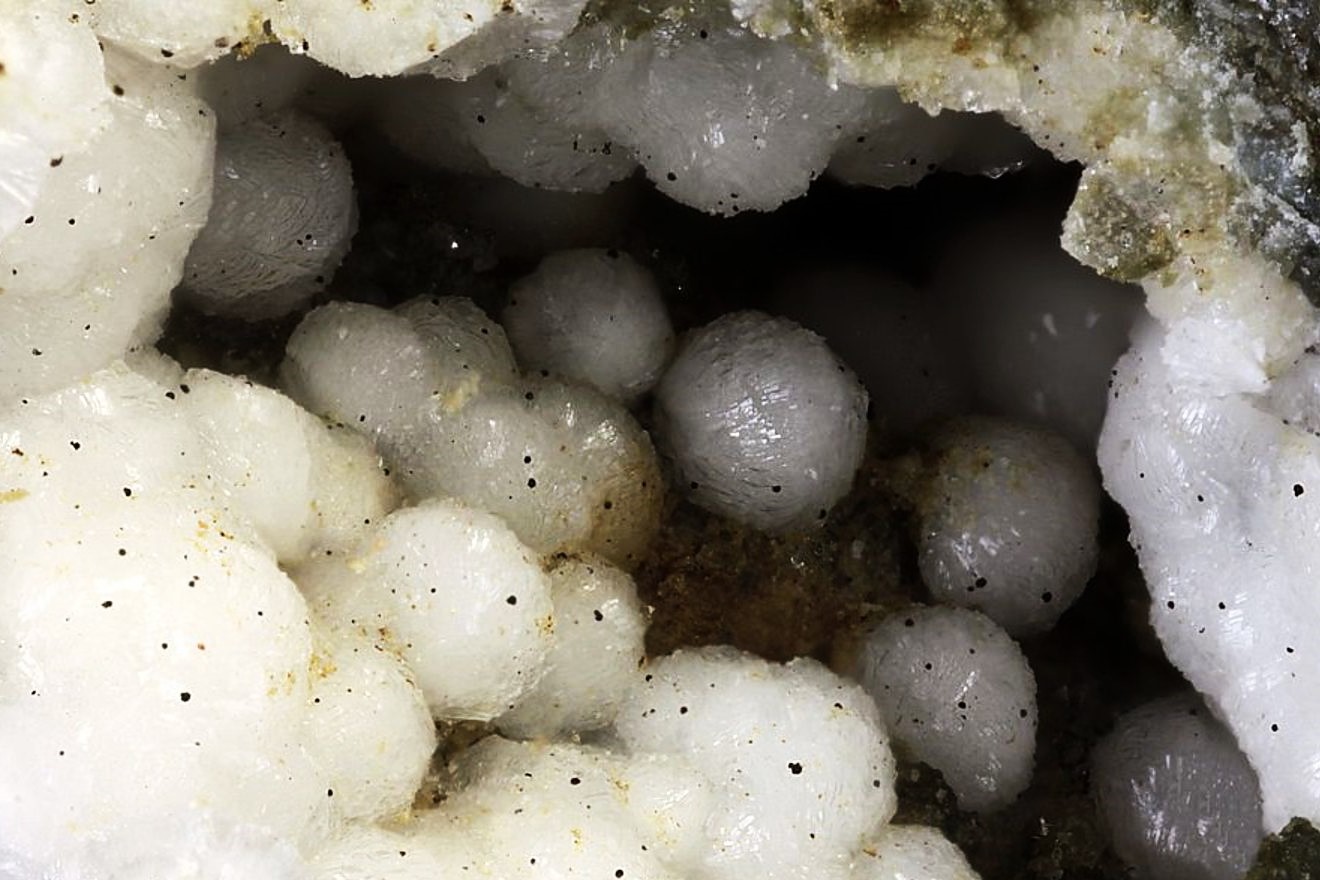
Bakerite is a rare mineral that often intrigues geology enthusiasts. What makes Bakerite special? This mineral, part of the borate family, boasts a unique composition and fascinating properties. Found primarily in California, Bakerite is known for its white to grayish color and its ability to fluoresce under UV light. Why should you care about Bakerite? Understanding this mineral can offer insights into geological processes and the environments where borates form. Whether you're a student, a rock collector, or just curious about Earth's hidden treasures, Bakerite provides a glimpse into the complex and beautiful world of minerals.
Key Takeaways:
- Bakerite is a rare and shiny mineral with uses in ceramics, glass, and even agriculture. It's found in places like California and Turkey, and has cool properties like fluorescing under UV light.
- Bakerite, also known as "white gold," has a unique history and interesting quirks. It's loved by mineral enthusiasts and has been used in everything from scientific research to decorative items.
What is Bakerite?
Bakerite is a fascinating mineral with unique properties and a rich history. Let's dive into some intriguing facts about this lesser-known gem.
-
Bakerite is a borate mineral, primarily composed of calcium borate hydroxide. Its chemical formula is Ca4B10O19·7H2O.
-
This mineral was first discovered in California in 1903. It was named after Richard C. Baker, a prominent figure in the mining industry.
-
Bakerite typically forms in evaporite deposits, which are sedimentary rocks formed by the evaporation of water, leaving behind minerals.
-
It often appears in white or colorless forms, although it can sometimes exhibit shades of gray or pale yellow.
-
Bakerite has a vitreous to pearly luster, giving it a shiny, glass-like appearance.
Physical Properties of Bakerite
Understanding the physical properties of Bakerite helps in identifying and appreciating this mineral.
-
Bakerite has a Mohs hardness of 3 to 4, making it relatively soft compared to other minerals.
-
It has a specific gravity of around 2.45, which is considered light for a mineral.
-
The crystal system of Bakerite is monoclinic, meaning it has three unequal axes with one inclined angle.
-
Bakerite exhibits perfect cleavage in one direction, which means it can easily split along a specific plane.
-
When exposed to UV light, Bakerite can fluoresce, emitting a bright white or yellow glow.
Uses and Applications of Bakerite
Bakerite's unique properties make it useful in various applications, from industrial to decorative.
-
In the ceramics industry, Bakerite is used as a source of boron, which helps improve the durability and heat resistance of ceramic products.
-
It is also used in the glass industry to enhance the strength and clarity of glass products.
-
Bakerite can be found in agricultural products as a micronutrient, providing essential boron for plant growth.
-
Some collectors and enthusiasts use Bakerite in jewelry and decorative items due to its unique appearance and luster.
-
In scientific research, Bakerite is studied for its crystallographic properties and potential applications in materials science.
Where to Find Bakerite
Bakerite is not as widespread as some other minerals, but it can still be found in specific locations around the world.
-
The most notable deposits of Bakerite are in California, particularly in the Death Valley region.
-
Bakerite can also be found in Turkey, where it occurs in borate-rich evaporite deposits.
-
Some deposits have been identified in Argentina, particularly in the Andes Mountains.
-
In Russia, Bakerite has been found in the Ural Mountains, known for their rich mineral diversity.
-
Smaller deposits have been reported in China, particularly in the Qinghai-Tibet Plateau.
Interesting Facts About Bakerite
Here are some lesser-known facts that highlight the uniqueness of Bakerite.
-
Bakerite is often associated with other borate minerals like colemanite and ulexite, which share similar formation environments.
-
It is relatively rare compared to other borate minerals, making it a prized find for mineral collectors.
-
Bakerite can form pseudomorphs, where it replaces another mineral's structure while retaining the original mineral's shape.
-
This mineral is sensitive to heat and moisture, which can cause it to alter or degrade over time.
-
Bakerite has been used in geological studies to understand the formation and evolution of evaporite deposits.
Fun Facts About Bakerite
Let's explore some fun and quirky facts about Bakerite that you might not know.
-
Bakerite is sometimes referred to as "white gold" due to its shiny appearance and rarity.
-
Some believe that Bakerite has metaphysical properties, such as promoting clarity of thought and emotional balance.
-
In the early 20th century, Bakerite was sometimes used as a substitute for ivory in decorative items.
-
Bakerite's name is often confused with bakerite, a term used for a type of bread in some regions.
-
Despite its rarity, Bakerite has a dedicated following among mineral enthusiasts, who appreciate its unique characteristics and beauty.
The Fascinating World of Bakerite
Bakerite, a rare and intriguing mineral, offers a glimpse into the Earth's geological wonders. Found primarily in the United States, this mineral is known for its unique crystal structure and striking appearance. Its formation involves complex geological processes, making it a subject of interest for geologists and mineral enthusiasts alike.
Bakerite's rarity and distinctive properties make it a valuable addition to any mineral collection. Its unique characteristics, such as its crystal habit and color, set it apart from other minerals. Whether you're a seasoned collector or a curious novice, Bakerite's allure is undeniable.
Understanding Bakerite's formation and properties not only enriches our knowledge of geology but also deepens our appreciation for the natural world. So next time you come across this fascinating mineral, you'll know just how special it truly is. Happy collecting!
Frequently Asked Questions
Was this page helpful?
Our commitment to delivering trustworthy and engaging content is at the heart of what we do. Each fact on our site is contributed by real users like you, bringing a wealth of diverse insights and information. To ensure the highest standards of accuracy and reliability, our dedicated editors meticulously review each submission. This process guarantees that the facts we share are not only fascinating but also credible. Trust in our commitment to quality and authenticity as you explore and learn with us.


